Page 145 of 244

switched on all the time. In certain situations
when you need less traction, you can switch
off ESC by pressing the button
lru. Be sure to
switch ESC on again when you no longer need
less traction.
Anti-lock braking system (ABS)
ABS prevents the wheels from locking up
when braking . The vehicle can still be steered
even during hard braking . Apply steady pres
sure to the brake pedal. Do not pump the ped
al. A pulsing in the brake pedal indicates that
the system is helping you to brake the vehicle.
Brake assist system
The brake assist system can decrease braking
d istance. It increases braking power when the
driver presses the brake pedal quickly in emer
gency si tuations. You must press and hold the
brake pedal until the situation is over .
Anti-slip regulation (ASR)
ASR reduces engine power when the drive
wheels begin to spin and adapts the force to
the road condit ions. This makes it easier to
start, accelerate and drive up hills.
Electronic differential lock (EDL)
The EDL brakes wheels that are spinning and
transfers the drive power to the other drive
wheel or whee ls if the vehicle is equipped with
all-wheel drive*. This function is available up
to about 60 mph (100 km/h) .
In extreme cases, EDL automat ica lly switches
off to help keep the brake on the braked wheel
from overheating. EDL w ill switch on again au
tomatically when conditions have returned to
normal.
..&, WARNING
- ESC, ABS, ASR and EDL cannot overcome
th e laws of physics. This is especially im
portant on slippery or wet roads.
If the
systems begin acting to stabilize your ve
hicle, you should immediately change
your speed to match the road and traffic
condit ions. Do not let the increased safe
ty provided by these systems tempt you
Intelligent technology 143
to take risks. Doing so will increase the
risk of a lo ss of vehicle control, co llision
and serious personal injuries.
- Always adapt your speed to road, traffic
and weather conditions. The risk of los
ing control of the vehicle increases when
driving too fast, especially through
curves and on slippery or wet roads, and
when driving too close to vehicles up
ahead. ESC, ABS, the brake assist sys
tem, EDL and ASR cannot prevent colli
sions.
- Always accelerate with special care on
even, smooth surfaces such as those that
are wet or covered with ice and snow.
The drive wheels can spin even with
these assistance systems that cannot al
ways he lp to reduce the risk of loss of ve
hicle control.
@ Tips
- ABS and ASR only work correct ly when
all four whee ls are equipped with identi
cal tires. D ifferent tire si zes can lead to a
reduction in engine power.
- You may hear noises when the systems
described are working.
- If the ind icator lightD] orE (USA
models)/ [iJ (Canada models) appears,
there may be a malfunction¢
page 18,
¢ page 18.
Switching on and off
ESC turns on au tomatically when you start
the engine.
Fig . 123 Ce nter conso le: ESC OFF butto n
Page 146 of 244

144 Intelligent technology
Switching ESC off (sport mode )
In certain situat ions, it m ight make sense to
allow some sl ip. For example :
- Rocking the vehicle to free it when it is stuck
- Driv ing in deep snow or on loose ground
- Driving with snow chains
Press the~ button . The ESC ind icator light
II
turns on and Stabilization prog ram off ap
pears in the d isplay. ASR deactivates com
p letely and the stabi lizat ion effects from the
ESC system are limited .
Switch ing on
Press the~ button again. The message Stabi
li zation p rogram on
appears briefly in the dis
p lay.
A WARNING
Only switch ESC sport mode on when your
driving abilities and the traffic s ituation
permit. Please note that the dr iv ing
wheels can spin and the vehicle can break a w ay in ESC sport mode, especia lly when
the road is slippe ry.
(D Tips
If the re are faults in the rea r spo ile r sys
tem or in Audi magnet ic r ide, it may not be
possible to a ct ivate ESC spor t mode or
normal m ode may a ct ivate aga in a utomat
ically.
Rear spoiler
A ppl ies to vehicles: with ret ractab le rear spoil er
The rear spoiler improves vehicle handling
and enhances driver control.
F ig. 124 Sw itch fo r rear spo ile r
The rear spoi le r deploys and retracts . Spoiler
operation can be set for a utomatic or man ua l
operation.
Automatic mode (normal operation )
-Automatic deployme nt: At a speed of about
75 mph (120 km/h), t he rear spo ile r deploys
automatically.
- Au tomatic retraction: When speed drops be
low about SO mph (80 km/h), the rear spoil
er retracts automat ica lly.
Manual mode
- Manual deployment: Tapp ing briefly on the
sw itch
¢fig. 124 deploys the rear spoiler.
- Manual retraction: At sp eeds up to about
10 mph ( 20 km/h), retract the rear spoiler
by pressing a nd ho ldi ng the sw itch
¢ fig . 124. At speeds be twee n 10 mph ( 20
km/h) a nd 75 mph ( 120 km/h), retract the
rear spoi ler by tapping on the switch
¢fig. 124.
A WARNING
-
Driving at higher speeds witho ut the rear
spoiler deployed ca n impair handling char
acter istics, making the vehicle harder to
control.
- Always ma ke sure that the spo ile r is de
p loyed when driving at speeds over
85 mph (140 km/h) .
If the rear spoiler
war ning/ indicato r light in the inst ru
men t clu ster comes on, the rear sp oiler
may not have deployed.
- N ever d rive a t speeds h igher than
85 mph (140 km/h) i f the spoiler is no t
deploye d. Have the spoiler inspected as
soon as possible by an a uthorized Audi
deale r or q ualified workshop.
- Always obey speed limits and othe r tra f
fic laws .
A WARNING
-Improper operation of the rear spoi ler can
cause crushing injuries.
- Always make sure that nobody, especially
chi ldren, is in t he way when the rear
spoiler is deployed or retracted.
Page 147 of 244

(D Note
Never push the vehicle or apply force to
the rear spoiler -it could be damaged.
@ Tips
Clean the spoiler compartment every 2 to
3 months . The spoiler compartment must
always be free of ice, snow, leaves or other
debris.
Braking
General information
What affects braking efficiency?
Oper ating condit ions and d riving hab it s
T he brakes on today's automobi les are st ill
s ubject to wear, depending largely on opera t
ing conditions and dr iv ing habi ts
c> & . On
vehicles that are e ither driven mostly in stop
and-go city traffic or are d riven hard , the
b rake pads should be checked by you r author
i zed Audi dealer more often than specified i n
the
Warr ant y & Maint enan ce booklet . Failure
to have your brake pads inspected can res ult
in red uced brake performance.
On steep slopes, you shou ld use the brak ing
effect of the eng ine. This way, you p revent un
necessa ry wear on the brake system . If you
must use yo ur brakes, do not hold the brakes
down continuously. Pump th e brakes at inter
vals.
Noises may occur when braking d epending on
the speed, braki ng force and outside condi
tions such as temperature and humidity.
Moistu re or road salt
Unde r certain conditions, for example, w hen
driving through water or ve ry heavy rain, or
even after washing your vehicle, the braking
effect can be reduced d ue to moisture (or in
fre ezing conditions ice) on the brake pads . A
few ca utious brake applicat ions should dry off
the b rake pads or remove any ice coatings.
The effectiveness of the brakes can be reduced
when th e vehicle is driven on a salt-covered
Int ellig ent technolog y 145
road and the b rakes are no t used. Likewise ,
you clean off accumulated salt coating from brake d iscs and pads with a few cautious ap
plications of the brake
c> & .
Cor ro sion
T here may be a tendency for dir t to build up
on the brake pads and corrosion to form on
the discs if the car is not driven regu larly or
on ly fo r short trips with litt le use of the
brakes.
If the brakes are not used frequently, or if cor
rosion has formed on the discs, it is advisable
to clean off the pads and discs by braking
firmly a few times from a moderately high
speed
c> & .
Faults in the brak e syst em
If you shou ld notice a sudden increase in
brake pedal trave l, then one of the two brake
c ircuits may have fai led
c> & .
Low brake fluid lev el
Malfunctions can occur in the brake system if
the b rake fluid level is too low. The brake fluid
level is monitored electronica lly.
Brake booster
T he brake booster inc reases the pressure that
you generate with the brake peda l. It works
o nl y when the engine is running
.c> &
Brake lining wear status
Brake lining wear may be checked by visual in
spection of the condition of the brake pads
through the open ings in the wheel. If neces
sary, the wheel may be removed for t his in
spection
c> page 209, What should I be
aware of when changing a tire? .
A WARNING
--=
-You should perform braking maneuvers
for the purpose of cleaning the brake
system only if road conditions permit.
Other road users must not be put at risk -
you may cause an accident!
- Before descend ing a steep grade, reduce
speed and sh ift transmission into a lower
~
•
•
Page 148 of 244

146 Intellig ent technolog y
gear or lower driving range. Do no t ride
t h e brakes or hold the pedal down too
long or too often. This cou ld cause the
bra kes to get hot and dimin ish braking
efficiency .
- Do no t "ride the brakes" by resting your
foot on the pedal when you do not intend
to brake . Th is may cause the brakes to
overheat, prematu re wear and inc reased
stopp ing distan ce.
- Under certain climat ic and operating
c ondit ions such as passing through wa
ter, driving i n heavy ra in or after wash ing
the vehicle, the effect iveness of the
brakes can be red uced . In winter, ice can
accumulate on the brake pads, linings,
discs and d rums . Carefully apply brakes
for a test . Brakes will dry and ice coat
ings will be cleaned off after a few care
ful brake applications.
- Driving for an extended period of time on
salt-covered roads w ithout us ing your
brakes can also affect braking efficiency .
Clean off accumulated salt coating from
brake d iscs and pads w it h a few cautious
brake appli cat ions.
- If you damage the fro nt spo iler, or if you
ins tall a different spoiler, be su re the air
flow to the fron t bra kes is not o bstr uct
ed. O therwise the brake system co uld
overheat reducing the effectiveness of
the entire brake system.
- F ailure o f one bra ke c ircuit will impair
the b raking capability resulting in an in
creased stopp ing distance . Avoid driv ing
the vehicle and have it towed to the near
est Aud i dea le r o r qualified workshop.
- Never let the vehicle ro ll to a stop w ith
the engine shut off.
- If the brake booster is not working, t he
brake pedal must be pressed considera
bly harder to make up for the lack of
booster assistance . Electro-mechanical
power assist
The electro-mechanical power assist helps
the driver when steering .
The degree of power assi st is electronically
matched to vehicle speed .
T he power steering system assists the driver
so that he can steer the vehicle with reduced
physical effor t.
Power steering will not work if t he engine is
off . As a result, the steering wheel will be hard
to turn.
A WARNING
If the system develops a problem , you
must seek qualified profess iona l assis
tance .
(D Note
-
If there is an e lectronic malfunction, ser
votronic
will still function like a conven
tiona l power steering system, providing a
constant steering support force that is no
l onge r proportionate to the vehicle speed .
This is most not icea ble whe n tu rni ng the
s tee ring w heel a t low speeds (fo r example
when pa rking), -more effort w ill be re
q uired than us ua l.
- Be aware o f the diffe rent than usual
steering response and adjust your steer
ing force acco rdingly.
- Have the problem checked and set right
by an autho rize d Aud i dealer as soon as
possible.
- If a s teer ing mal func tion occurs, this is
signa led wit h the
,'Zr~ or .• indicato r
lights and a warning tone, see.
(D Tips
- If the powe r stee ring system sho uld fai l,
or if the engine is not ru nning (fo r exam
ple, whi le being towed), you will still be
able to steer the vehicle. However, more
effort will be required to do so.
11-
Page 149 of 244

-If the power steering system is not fu nc
tioni ng properly, contact your a uthorized
Audi dealer immediate ly.
Driving with your
quattro
App lies to vehicles: with a ll-wheel drive
With all-wheel drive, all four wheels are driv
en.
Gene ral inform ati on
With all-wheel drive, power is distributed to
all four wheels. This happens automatically
depending on your dr iving sty le and the road
conditions at the t ime. See a lso
r=;, page 142.
The all-wheel drive concept is designed for
h igh engine power. Your vehicle is exception
ally powerful and has excellent dr iving charac
ter istics both under normal driving conditions
and on snow and ice. Always read and follow
safety precautions
c::;, ,&. .
Winter t ire s
When drivi ng in the w inter, your ve hicle w ith
all-wheel drive has an advantage, even with
regular t ires. In winter road conditions it may
be adv isable to mount winter t ires (or all-sea
son t ires) for improved driveability and brak
ing: these tires must be mounted on
a ll f our
w heel s.
See also c::;, page 196, Winter tires.
Snow chains
Where t ire cha ins are mandatory on certain
roads, th is normally a lso applies to vehicles
w ith a ll-wheel d rive
c::;, page 19 7, Snow
chains .
Replacing wheels /tire s
Vehicles w ith all-wheel drive must always
have tires of the same size. Also avoid t i res
with d iffe ren t tread depths. For details see
page
c::;, page 192 , New tires and replacing
tires and wheels.
Off-Road driving?
Your Audi does not have enough ground clear
ance to be used as an off-road veh icle.
It is
Int ellig ent technolog y 147
therefore best to avoid rough tracks and un
even terrain as much as possib le . Also refer to
r=;, page 151.
_& WARNING
Always adjust your dr iv ing to road and traf
fic conditions. Do not let the extra safety
afforded by all-wheel drive tempt you into
taking extra risks .
- Although the all-wheel drive is very ef
fective, always remember that braking
capacity is lim ited by tire tract ion. You
should t herefore not d rive at excessive
speeds on icy or slippe ry road s urfaces.
- On wet road surfaces, be careful not to
drive too fast because the front wheels
could begin to slide on top of the water
(aquaplaning) . If th is should occur, yo u
wi ll have no warning from a s udden in
crease in engine speed as with a front
wheel drive veh icle. Always drive at
speeds which are su ited to the road con
ditions. -risk of crash.
Energy management
Starting ability is optimized
Energy management controls the distribution
of electrical energy and thus optimizes the
availability of electrical energy for starting
the engine.
If a vehicle with a conventiona l energy system
is not d rive n for a long per iod of t ime, the bat
te ry is discharged by idling current consumers
(e.g . immobilizer). In certain circumstances it
can res ult in there being insufficient energy
available to start the eng ine.
Intellige nt energy managemen t in your vehi
cle handles the dis tribution o f electrica l ene r
gy. Starting ability is marked ly improved and
the life of the battery is extended .
Bas ica lly, energy managemen t consis ts of
batt ery diagno sis, idling cur rent man age
ment
and dyn amic energ y management .
•
•
Page 150 of 244

148 Intelligent technology
Battery diagnosi s
Battery diagnosis continuously determines
the state of the battery. Sensors determine
battery voltage, battery current and battery
temperature. This determines the current
state of charge and the power of the battery.
Idling current management
I dling current management reduces energy
consumption while the vehicle is standing.
With the ignition switched off, it controls the
energy supply to the various electrical compo
nents. Data from battery diagnosis is consid
ered.
Depending on the battery's state of charge,
individual consumers are gradually turned off
to prevent excessive discharge of the battery
and thus maintain starting capability.
Dynamic energy management
While the vehicle is being driven, dynamic en
ergy management distributes the energy gen
erated according to the needs of the individu
al components. It regulates consumption, so
that more electrical energy is not being used
than is being generated and ensures an opti
mal state of charge for the battery .
(D Tips
-But even energy management cannot
negate the limits of physics. Consider
that the power and life of a battery are
limited .
- If starting ability is threatened, you are informed by a warning
~page 149,
Driver notification in the instrument
cluster display.
What you should know
The highest priority is given to maintaining
starting capability .
The battery is severely taxed in short -distance
driving, in city traffic and during the cold time
of year. Abundant electrical energy is re
quired, but only a little is generated.
It is also
critical if the engine is not running and electri- cal components are turned on.
In this in
stance energy is being consumed but none is
being generated.
It is in precisely these situations that you will
notice energy management actively regulat
ing the distribution of energy.
Vehicle stands for an extended period
If you do not drive your vehicle over a period
of several days or weeks , electrical compo
nents are gradually cut back or switched off .
This reduces energy consumption and main
tains starting capability over a longer period.
Take into consideration that when you unlock
your vehicle, some convenience functions ,
such as the remote key or power seat adjust
ment, may not be available. The convenience
functions will be available again when you
turn on the ignition and start the engine.
With the engine turned off
If you listen to the radio, for example, with
the engine turned off, the battery is being dis
charged.
If starting capability is jeopardized due to en
ergy consumption, a message appears in the
driver information display.
You have to start the engine to charge the
battery.
With the engine running
Although electrical energy is generated when
the vehicle is being driven, the battery can be
come discharged. This happens mostly when
little energy is being generated and a great
deal consumed and the battery's state of
charge is not optimal.
To bring the energy balance back into equili
brium, consumers which require especially
large amounts of energy are temporarily cut
back or switched off . Heating systems in par
ticular require a great deal of energy. If you
notice, for example, that the heated seats* or
the heated rear window are not heating, they
have been temporarily cut back or switched .,.
Page 151 of 244

off. These systems will be avai lable again as
soon as the energy ba lance has bee n restored.
You will also notice that engine idle speed has
been increased s lightly. This is normal and not
a cause for concern. By increasing engine idle
speed the additiona l energy required is gener
ated and the battery is charged .
Driver notification in the instrument
cluster display
If battery power drops into the range where it
can lim it the ab ility of the engine to start, th is
i s shown in the inst rument cluster display
with the following driver message:
(•) Low battery charge : battery will be
charged while driving
This notification reminds you that the starting
capability of the engine may be l imited. As
soon as you start driving aga in, the battery
w ill be recharged and the notification will go
out.
Driver notification appears and goes out
again
If th is driver notification appears after the ig
nition is turned on or while driving and it goes
out again after a wh ile, the battery has been
adequately recharged.
Driver notification appears and does not
go out again
If this driver notification appears after the ig
n ition is turned on or while driving and does
not go out again, the battery's state of charge
is not in the optimal range. Starting ability is
restr icted. Have the battery checked as soon
as possible by an author ized Audi dealer or
qualified workshop.
Intelligent technology 149
•
•
Page 152 of 244
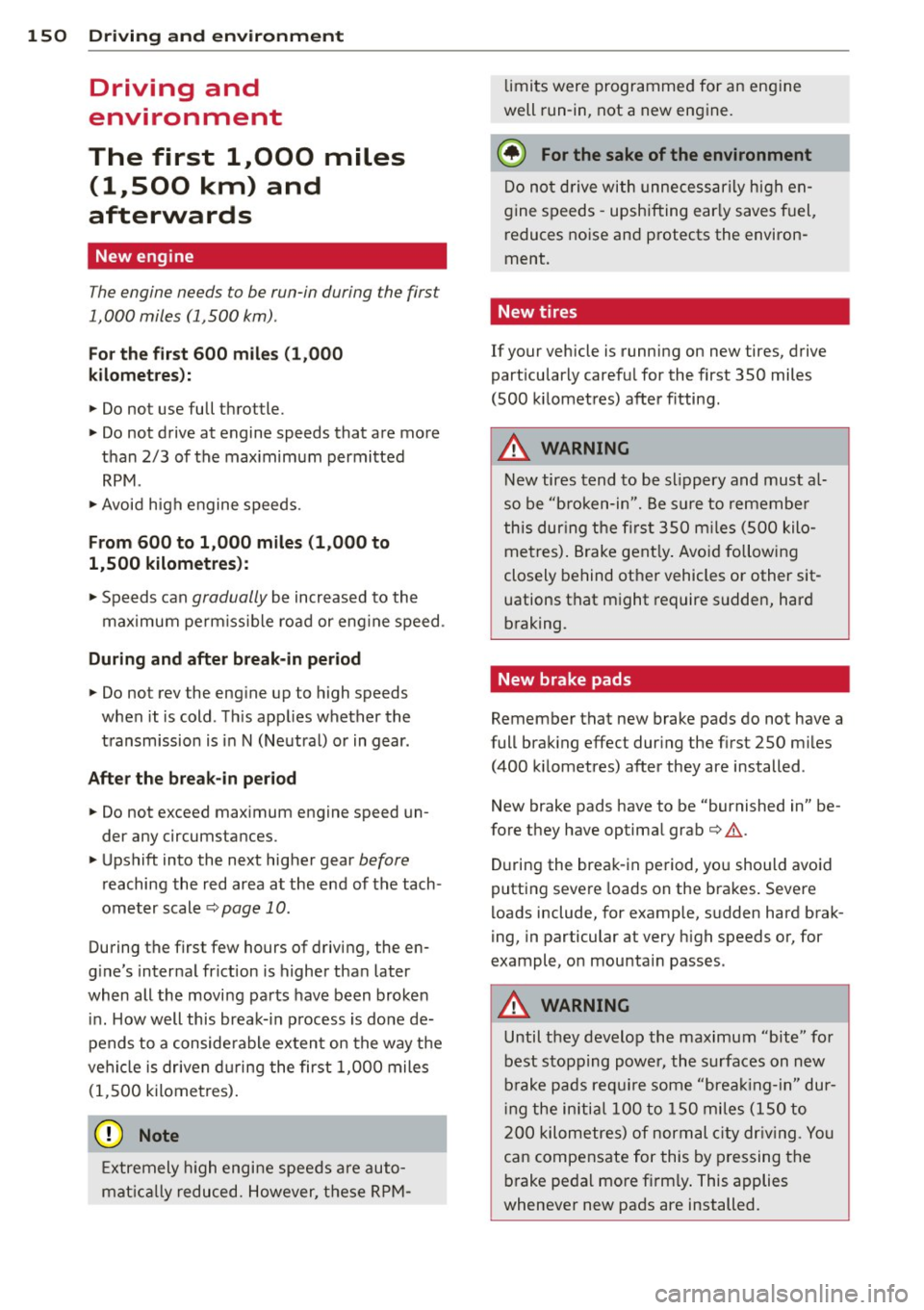
150 Driving and environment
Driving and
environment
The first 1,000 miles
(1,500 km) and
afterwards
New engine
The engine needs to be run-in during the first
1,000 miles (1,500 km).
For the fir st 600 miles (1,000
kilometres ):
.,. Do not use full throttle .
... Do not d rive at engine speeds that are more
than 2/3 of the max imimum permitted
RPM.
.,. Avoid high engine s peeds.
From 600 to 1,000 miles (1 ,000 to
1,500 kilometres):
"" Speeds can gradually be increased to the
max imum pe rm iss ib le road or eng ine speed.
During and after break-in period
.,. Do not rev the engine up to high speeds
when it is cold. This app lies whether the
t ransm ission is in N (Neutral) or in gear.
After the break- in period
... Do not exceed max imum engine speed un
der any circumstances .
.,. Upshift into the next hig her gear
before
reaching the red area at the end of the tach
ometer scale
¢page 10.
During the first few hours of driving, the en
g ine's interna l friction is higher than later
when all the moving pa rts have been broken
in. How w ell this break-in p rocess is done de
pends to a conside rable ex ten t on the way t he
vehi cle is dr iven d uring the first 1,000 miles
(1, 500 kilome tres) .
(D Note
Extremely high engi ne speeds a re auto
mat ic all y reduced. However, t hese RPM-
'
limi ts were programme d for an eng ine
well run-in, not a new eng ine.
~ For the sake of the env ironment
Do no t drive with unnecessar ily high en
gine speeds -upshifting early saves f uel,
r educes no ise an d protects the environ
ment.
New tires
If your vehicle is runni ng on new tires, drive
part icularly careful for the first 350 miles
(500 k ilometres) after fitting .
A WARNING
-New tires tend to be s lippery and mus t al-
so be "b roken-in". Be s ure to re m embe r
this dur ing t he fir st 35 0 m iles (500 kilo
me tres) . Brake gent ly . Avo id following
closely be hind ot her vehicles or other sit
uations that m ight require sudde n, hard
b raking.
New brake pads
Remember that new brake pads do not have a
full brak ing effect during the first 250 m iles
(400 ki lometres) after they are installed .
New brake pads have to be "burnished in" be
fore they have optima l grab¢ &.
D uring the break-in pe riod, yo u should avoid
putting seve re loads on the brakes . Severe
l oads include, for example, su dden hard brak
ing, in particular at very high speeds or, for
example, o n mountai n passes .
A WARNING ~
Until they develo p the maximum "bite" fo r
b est stopp ing power, the surfaces on new
b rake pads requ ire some "brea king-in" du r
in g the initia l 10 0 to 15 0 mi les (150 to
200 kilome tres) of norm al cit y dr iv ing. Yo u
can compensate for this by pressing the
br ake pe da l mo re f irm ly . This applies
whenever new pa ds are installed.
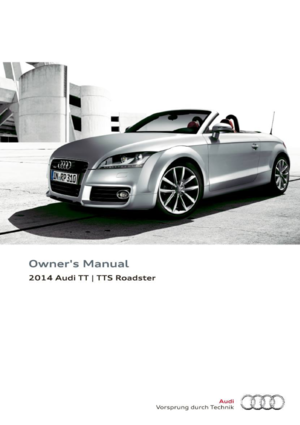 1
1 2
2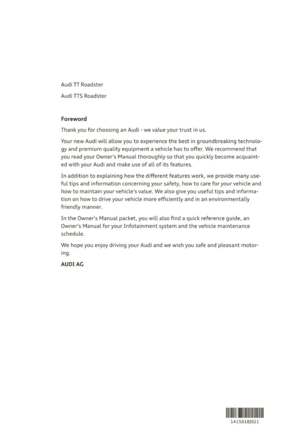 3
3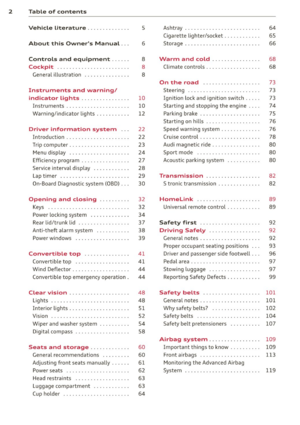 4
4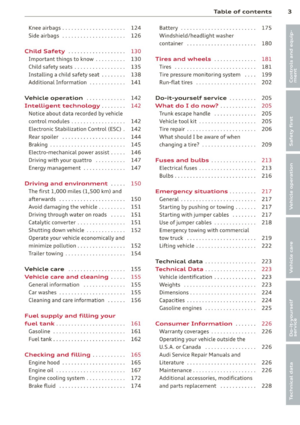 5
5 6
6 7
7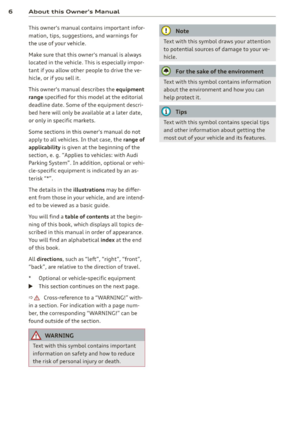 8
8 9
9 10
10 11
11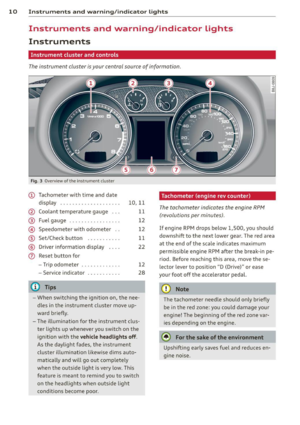 12
12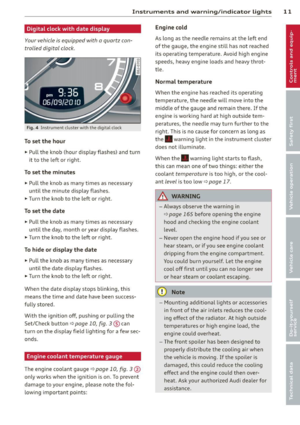 13
13 14
14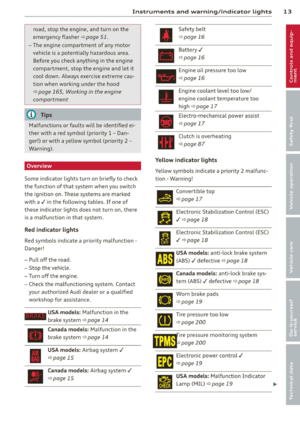 15
15 16
16 17
17 18
18 19
19 20
20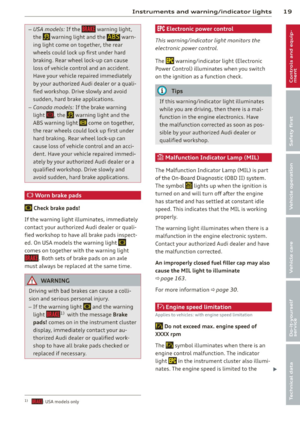 21
21 22
22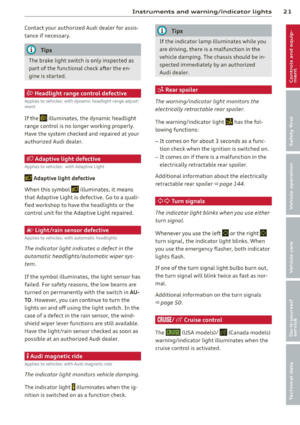 23
23 24
24 25
25 26
26 27
27 28
28 29
29 30
30 31
31 32
32 33
33 34
34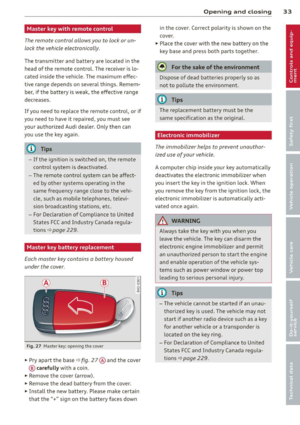 35
35 36
36 37
37 38
38 39
39 40
40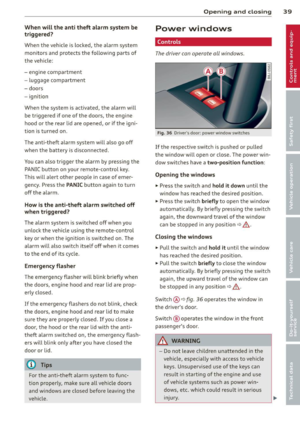 41
41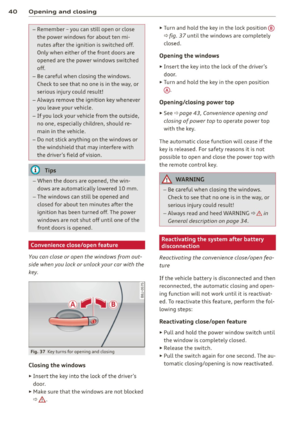 42
42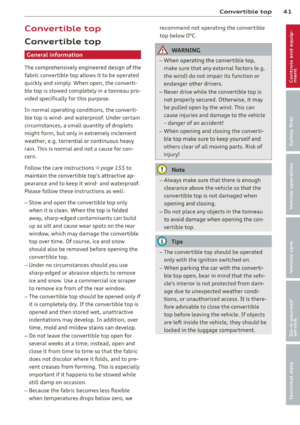 43
43 44
44 45
45 46
46 47
47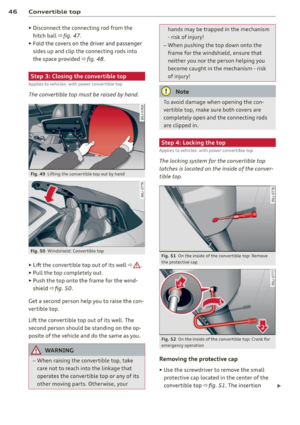 48
48 49
49 50
50 51
51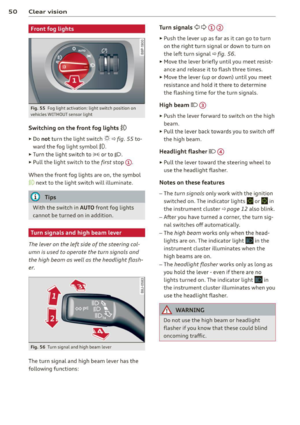 52
52 53
53 54
54 55
55 56
56 57
57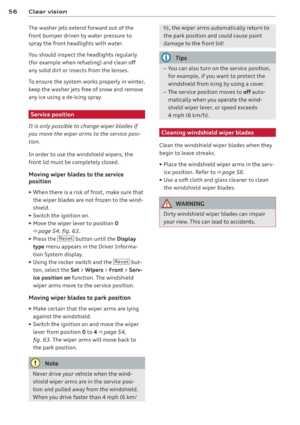 58
58 59
59 60
60 61
61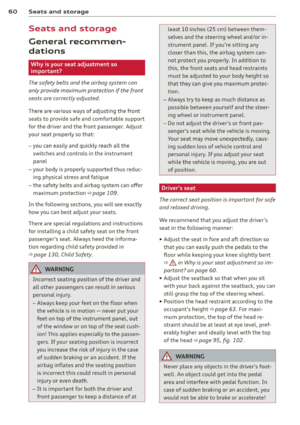 62
62 63
63 64
64 65
65 66
66 67
67 68
68 69
69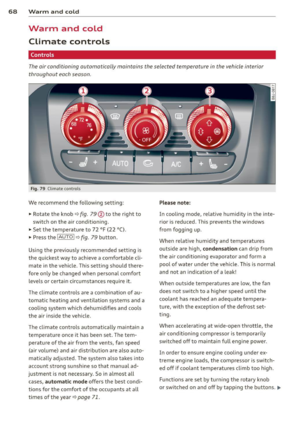 70
70 71
71 72
72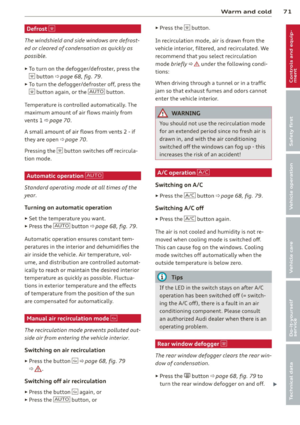 73
73 74
74 75
75 76
76 77
77 78
78 79
79 80
80 81
81 82
82 83
83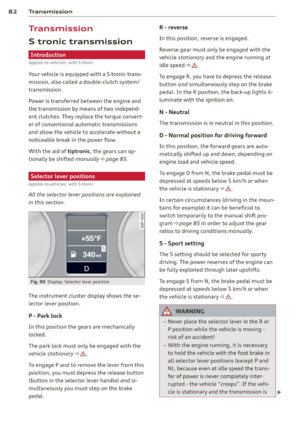 84
84 85
85 86
86 87
87 88
88 89
89 90
90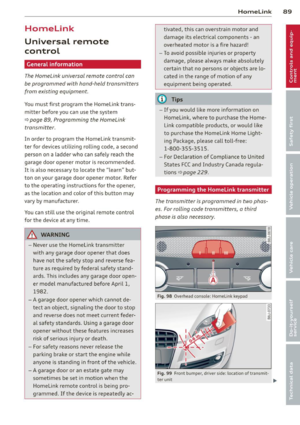 91
91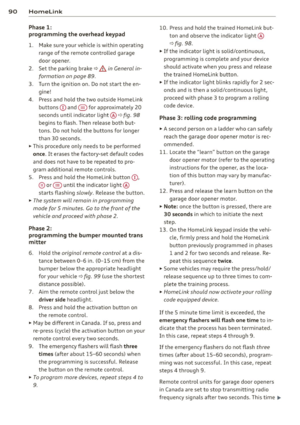 92
92 93
93 94
94 95
95 96
96 97
97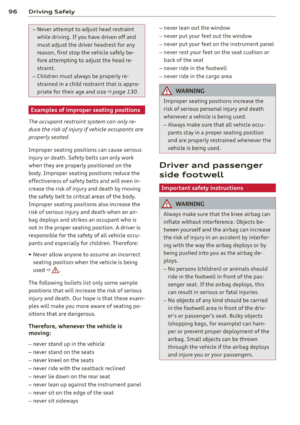 98
98 99
99 100
100 101
101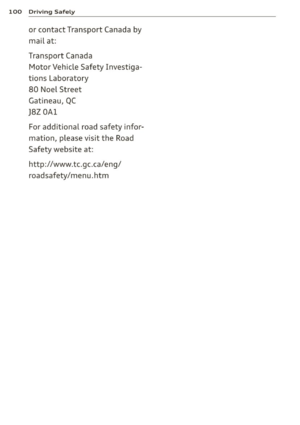 102
102 103
103 104
104 105
105 106
106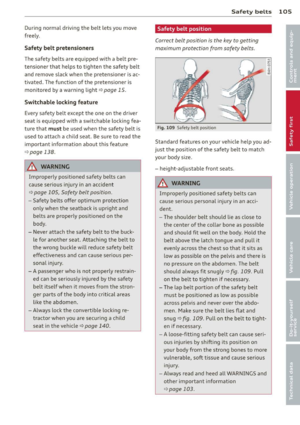 107
107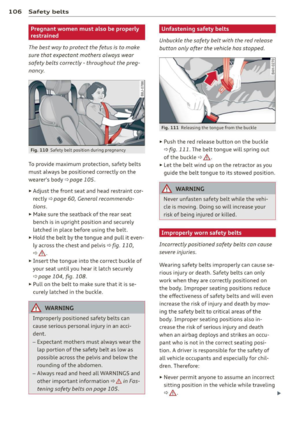 108
108 109
109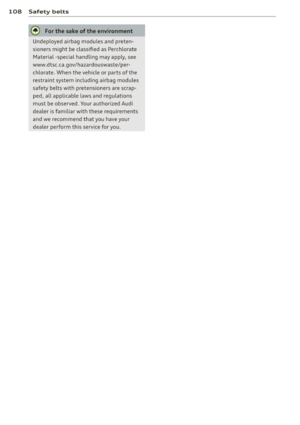 110
110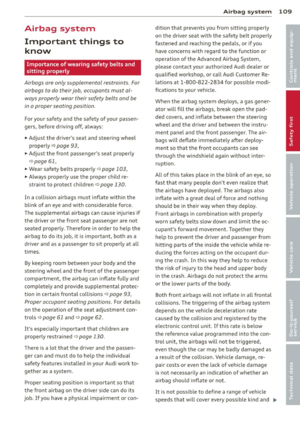 111
111 112
112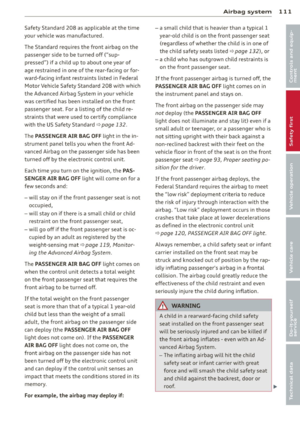 113
113 114
114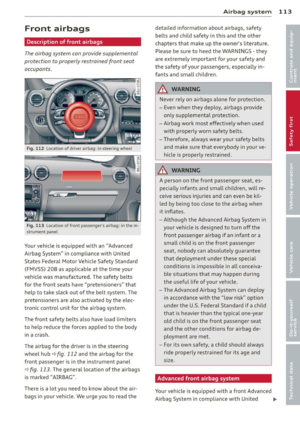 115
115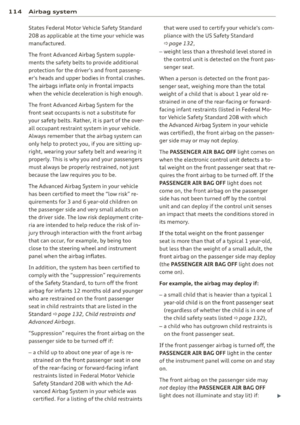 116
116 117
117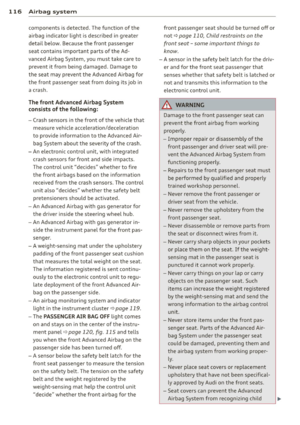 118
118 119
119 120
120 121
121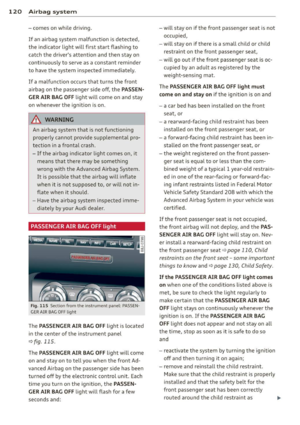 122
122 123
123 124
124 125
125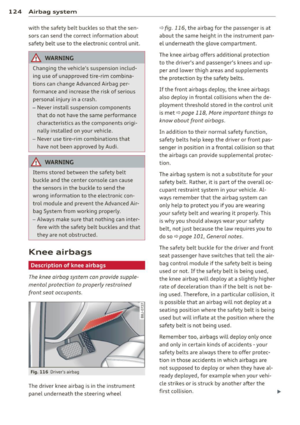 126
126 127
127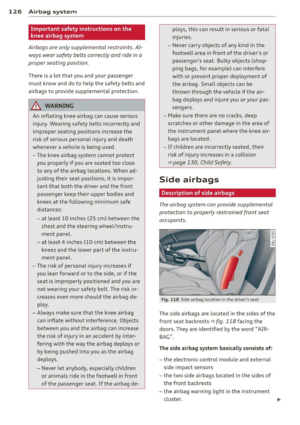 128
128 129
129 130
130 131
131 132
132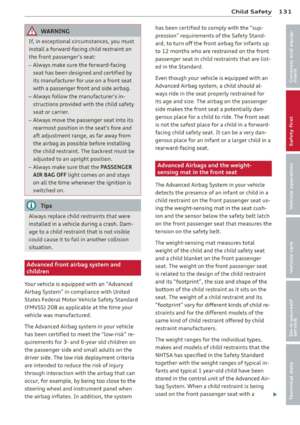 133
133 134
134 135
135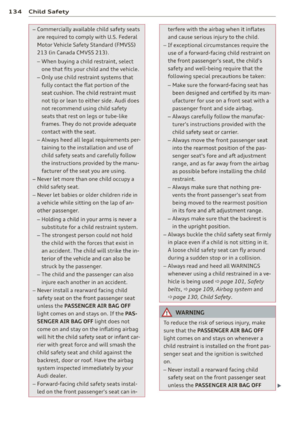 136
136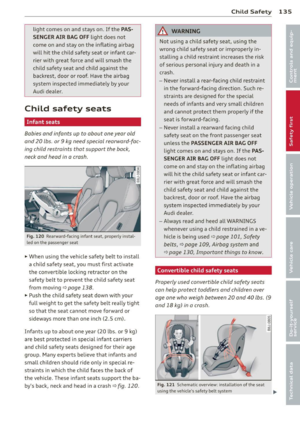 137
137 138
138 139
139 140
140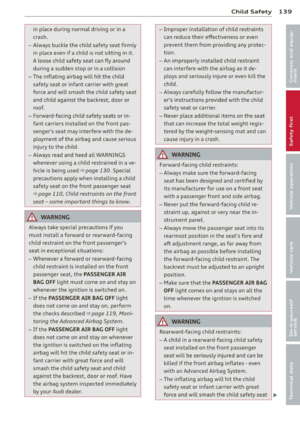 141
141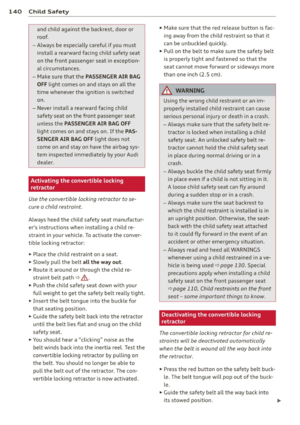 142
142 143
143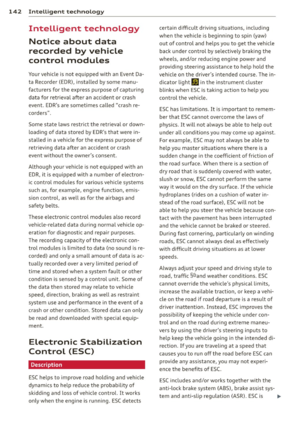 144
144 145
145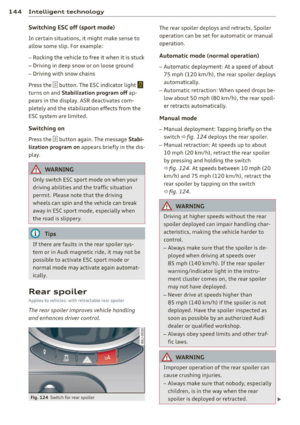 146
146 147
147 148
148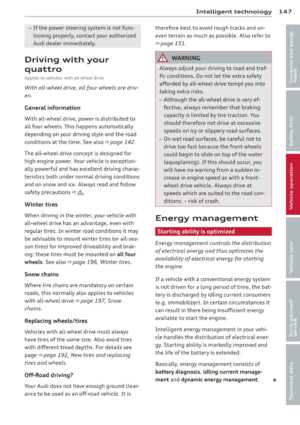 149
149 150
150 151
151 152
152 153
153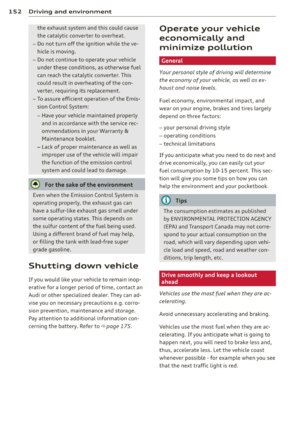 154
154 155
155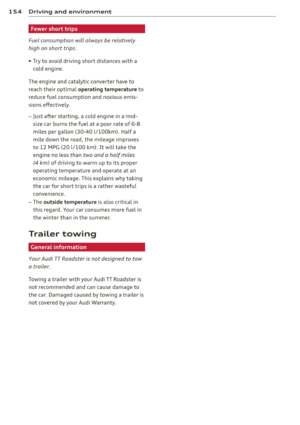 156
156 157
157 158
158 159
159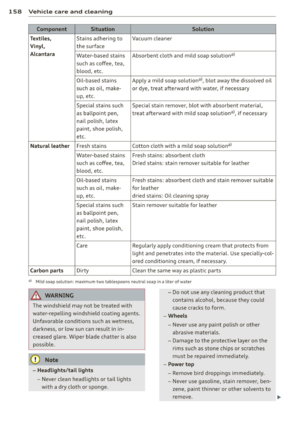 160
160 161
161 162
162 163
163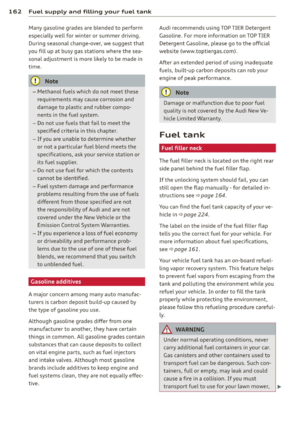 164
164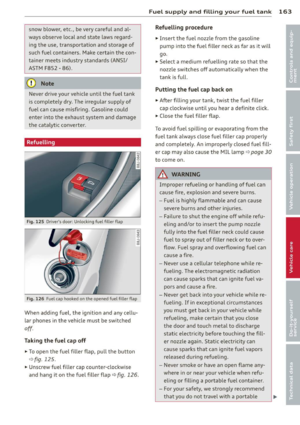 165
165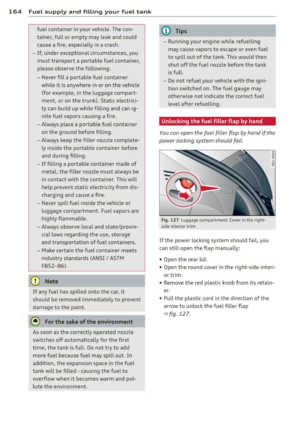 166
166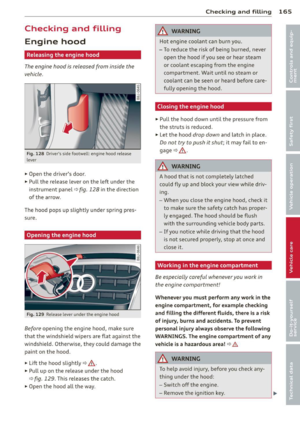 167
167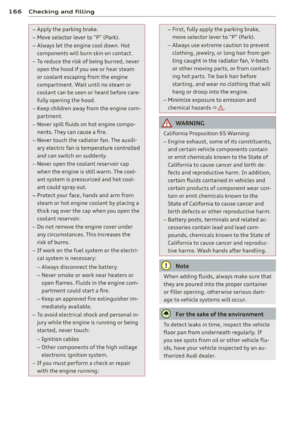 168
168 169
169 170
170 171
171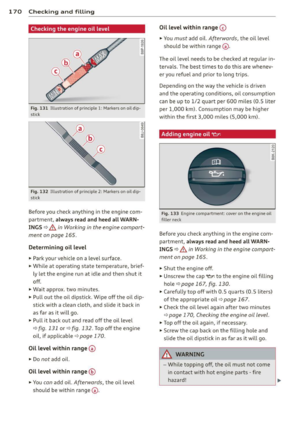 172
172 173
173 174
174 175
175 176
176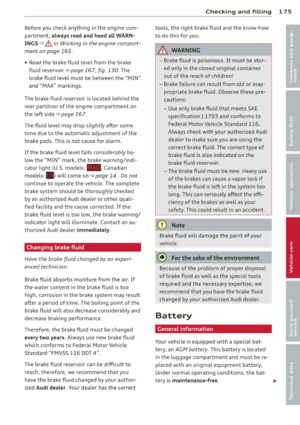 177
177 178
178 179
179 180
180 181
181 182
182 183
183 184
184 185
185 186
186 187
187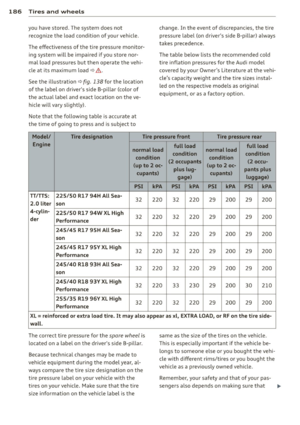 188
188 189
189 190
190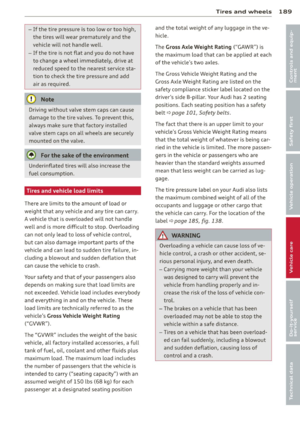 191
191 192
192 193
193 194
194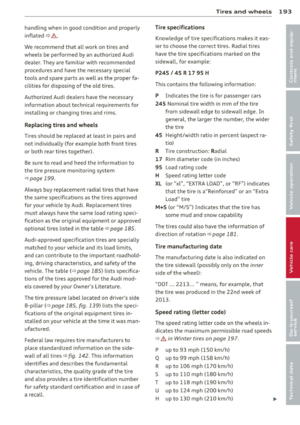 195
195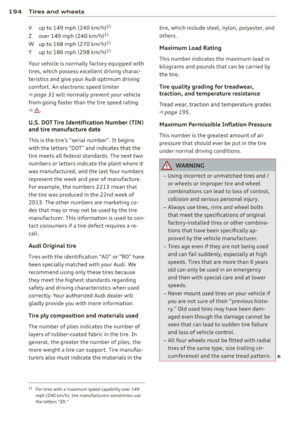 196
196 197
197 198
198 199
199 200
200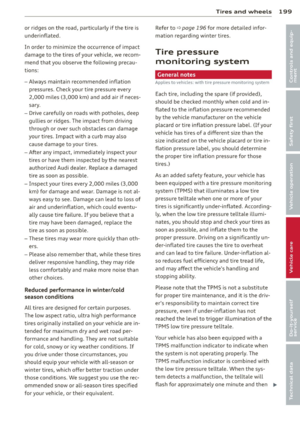 201
201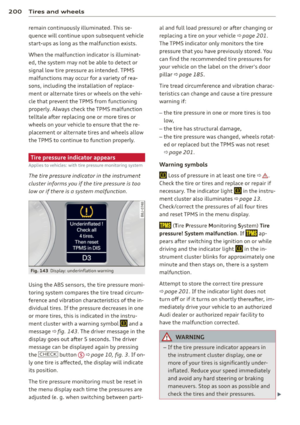 202
202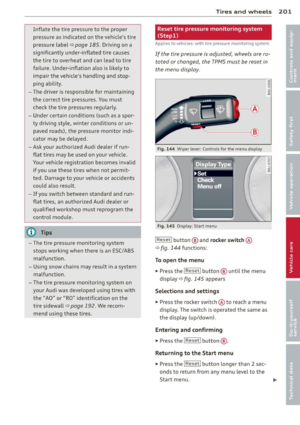 203
203 204
204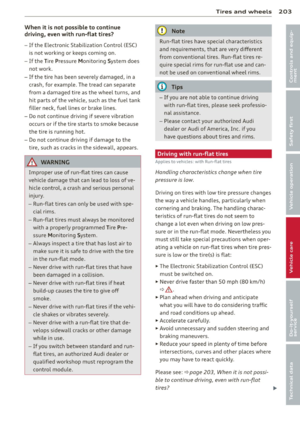 205
205 206
206 207
207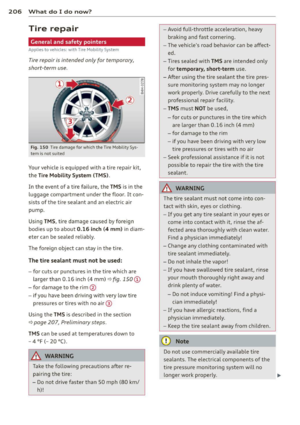 208
208 209
209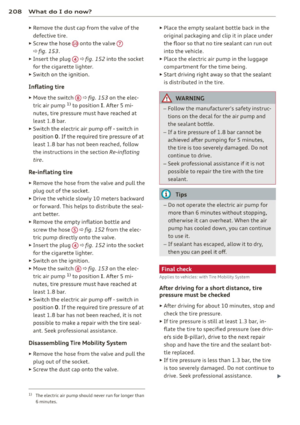 210
210 211
211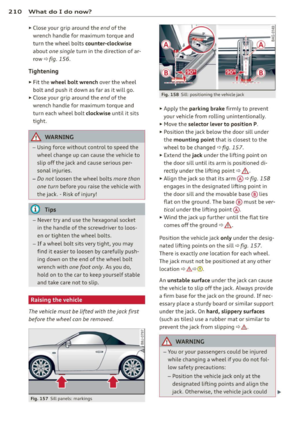 212
212 213
213 214
214 215
215 216
216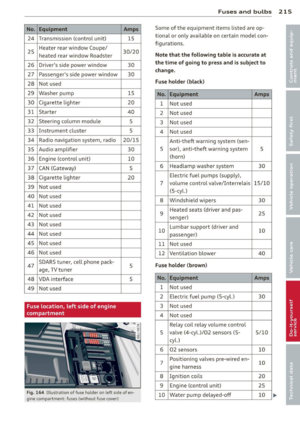 217
217 218
218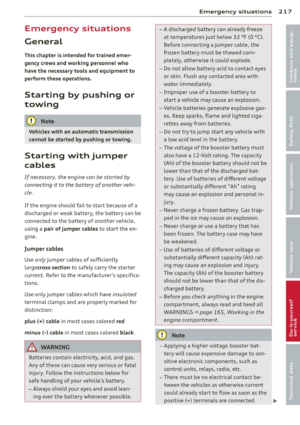 219
219 220
220 221
221 222
222 223
223 224
224 225
225 226
226 227
227 228
228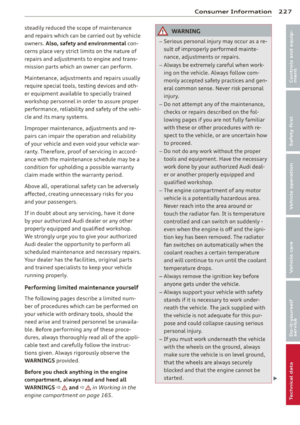 229
229 230
230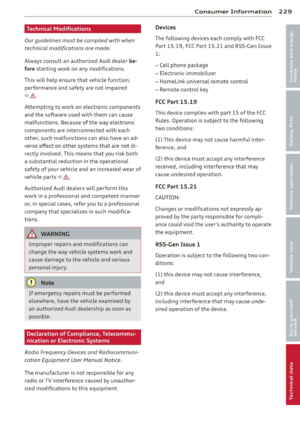 231
231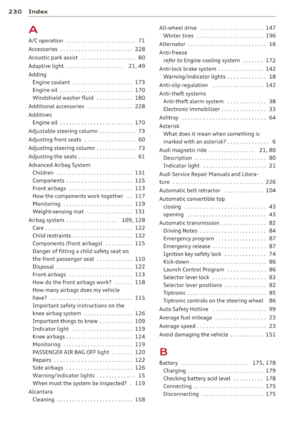 232
232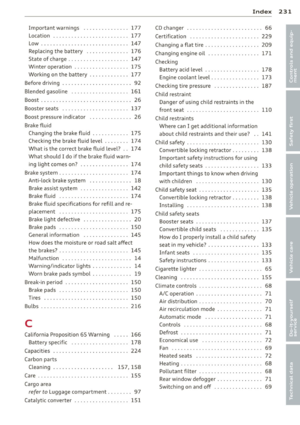 233
233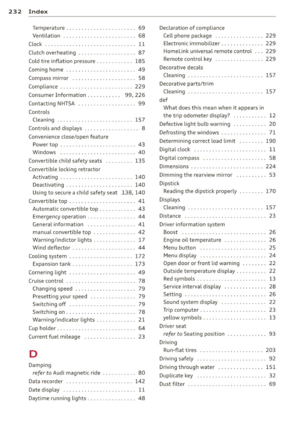 234
234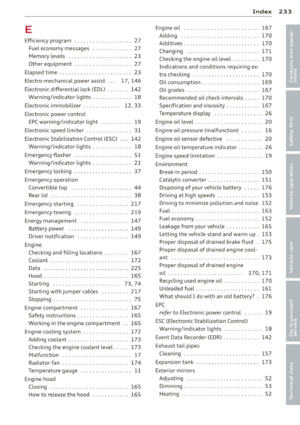 235
235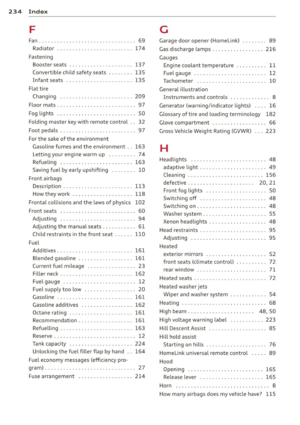 236
236 237
237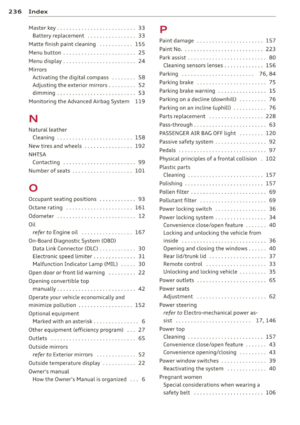 238
238 239
239 240
240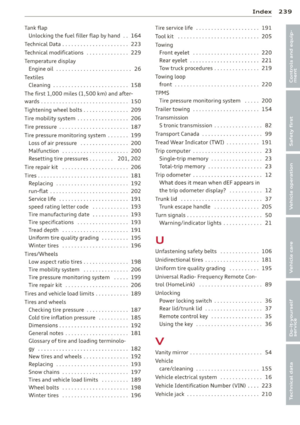 241
241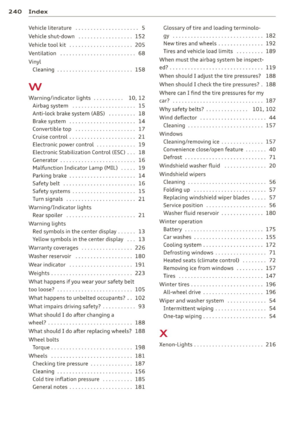 242
242 243
243






